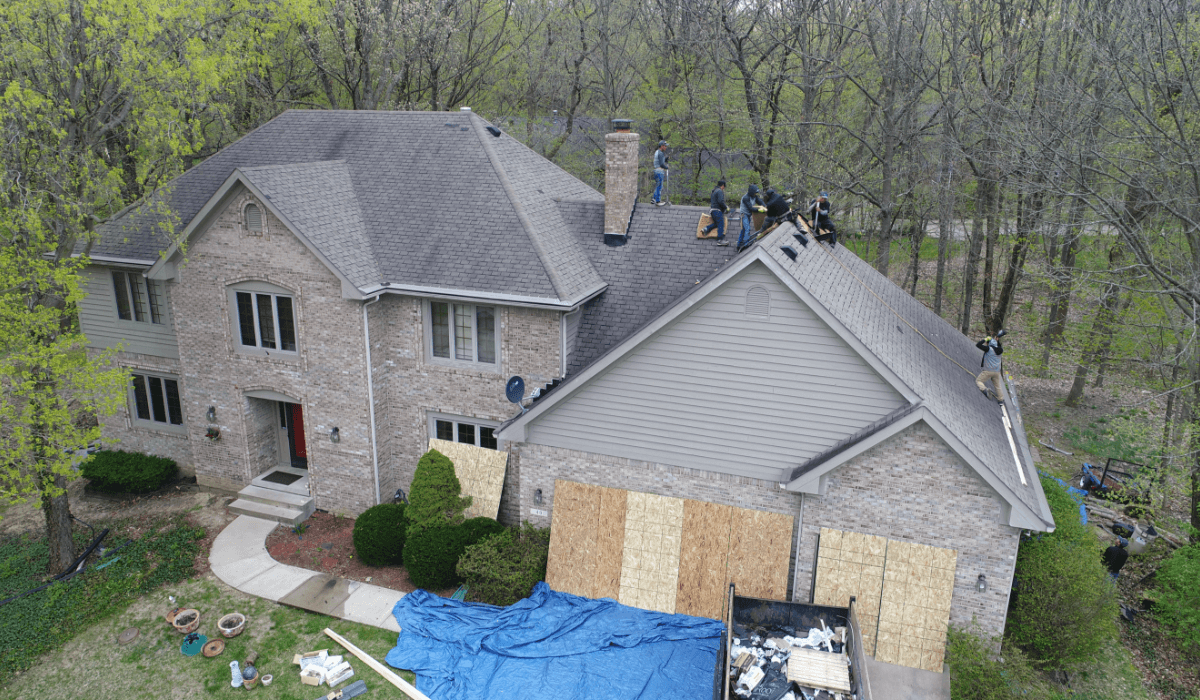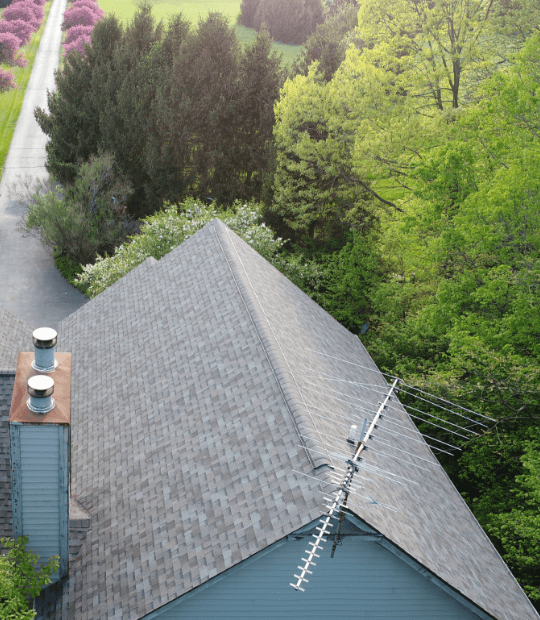As roofing technology advances, roofing contractors need to be aware of the limitations of these technologies and avoid using them as crutches. Roofing contractors need to know how to inspect traditional roofs and determine the damage, not just focus on new technologies that may be problematic in certain situations.
Technology is a compliment
Technology can be a helpful tool, but it's not a replacement for boots on the ground. It should be used to complement human experience and knowledge. Roofing contractors should view technology as a way to provide another set of eyes and ears rather than replacing their own. Like how technology can help identify issues that might seem small when viewed by the human eye, technology can help supplement areas where human knowledge may be lacking.
Human Eyes are Better than Technology
The capabilities of technology are limited to what it can see, so we use our human eyes to guide us through a roof inspection. Technology can be a distraction and hide the details that only a real person can see. If you're part of a roofing contractor that uses technology as a crutch, you may overlook valuable details and miss signs of damage that could lead to worse problems down the road.
Technology Can Be Problematic for Inspections
Let's face it; sometimes technology has limitations that can cloud over the big picture. In the context of inspections, you may be left with a report that doesn't fully answer your questions.
Some inspection companies rely heavily on drones and other technologies to get the job done. With such a heavy reliance on technology, many companies don't even have inspectors on-site to oversee or approve each step in the process.
This is why it's essential to do business with a company like COWI North America which uses technology with hard-working individuals who know how to identify problems efficiently and correctly.
Technology Can be Problematic on the Job Site
One of the most common ways that technology can be problematic on the job site is when used as a crutch. Technology should be used with bold, hard-working individuals who can serve as a second set of eyes and think on their feet. In this way, your use of technology will only improve your product rather than be detrimental.
As you move forward with your remodeling project, you must realize that technology is only as good as its people. It cannot think for itself and make decisions about what should happen at any given moment. Technology cannot solve problems without an experienced and knowledgeable human being guiding it through problem-solving. It also cannot make up for the lack of training or experience on the part of the workers using it. If a worker doesn't know what they are doing and uses technology to help things along anyway, the chances are good that both parties will get caught up in some disaster together before long.
While Technological Innovations Are Helpful, They Cannot Replace Experience and Knowledge
While technology is useful and has its place, we've seen that there's no substitute for getting a real person on the roof to take a look, assess your situation, and determine what needs to be done. We use technology to aid in our diagnostics—but only as far as it takes. For example, using satellite imagery (available generally at no cost) can give us a good idea of the size of your roof and whether or not any obvious problems need immediate attention. However, while this might catch some large-scale problem areas such as missing shingles or gaping holes in the roof decking, it will miss things that a human eye could spot up close.



